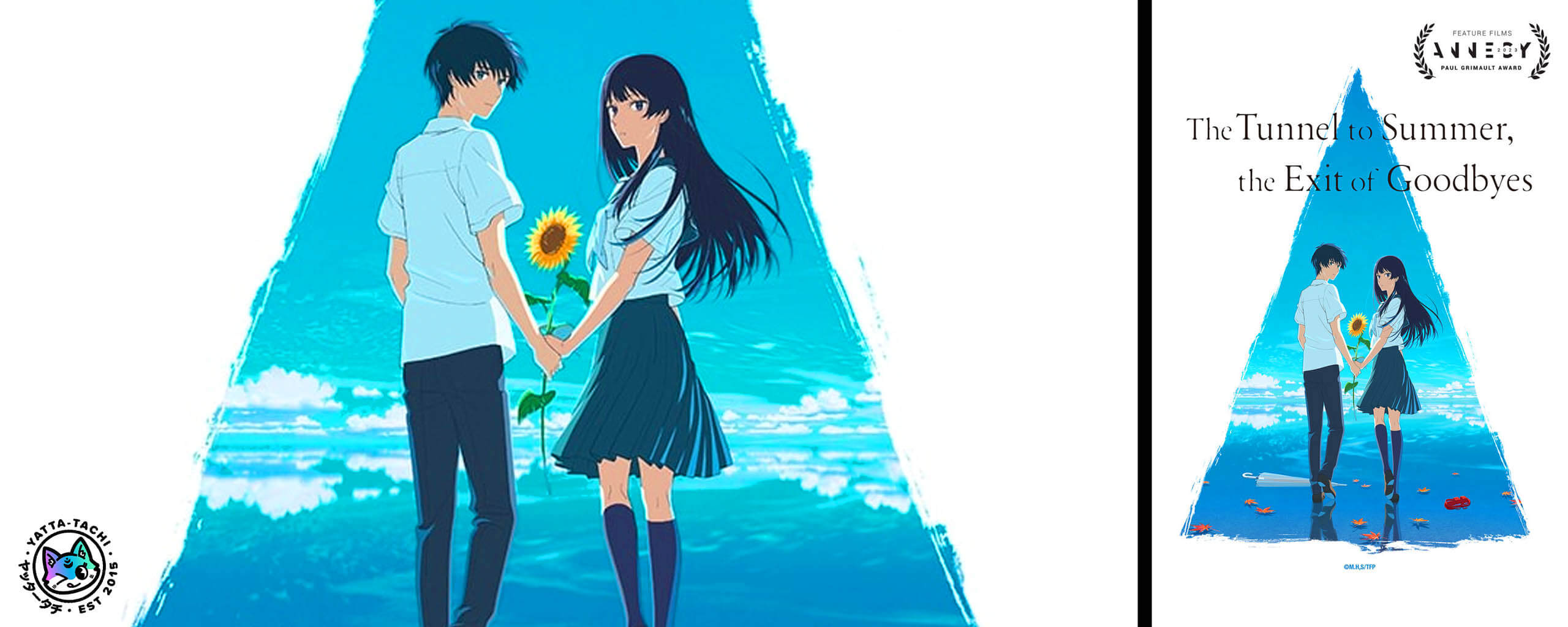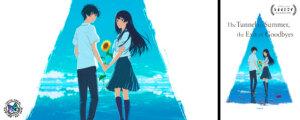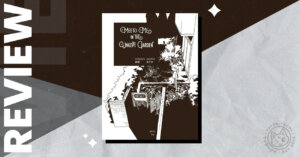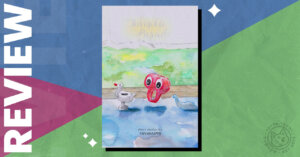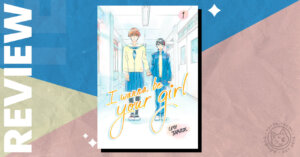In Touno Kaoru’s rural town, a new urban legend is brewing: the Urashima Tunnel will grant anyone their wish by exchanging their heart’s desire for years of their life. One night, Kaoru finds himself at this mysterious tunnel’s entrance. Despite only entering for a few moments, by the time he exits, time has dilated and a week has gone by. Curious, he revisits the tunnel, this time running into Hanashiro Anzu, his new, aloof classmate. Kaoru dreams of rebuilding his family, but it appears that Anzu has a secret goal as well. The two agree to team up and investigate the tunnel and, in doing so, obtain what they’ve been longing for.
The Tunnel to Summer, the Exit of Goodbyes is Hachimoku Mei’s debut novel and the film adaptation is produced by CLAP under Taguchi Tomohisa’s direction. When I read the novel’s premise some time ago, I was immediately intrigued by this time-warping tunnel. Certain things can only be conveyed via animation, so I was excited to see how this charming premise translated to film.
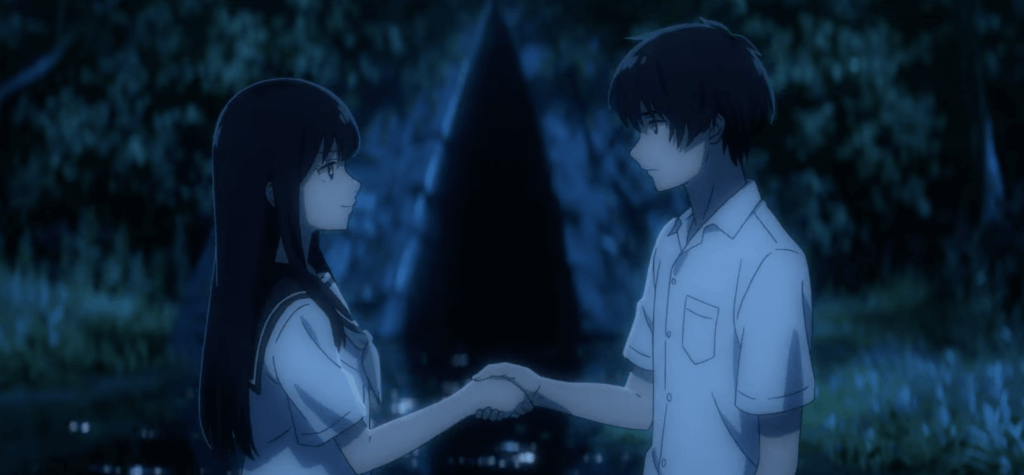
The Captivating
This film makes excellent use of the medium. Right off the bat, I was impressed with its vibrant color palette. The muted blues of Kaoru’s daily life, the brilliant red of the tunnel’s maple leaves, and the warm yellow of his interactions with Anzu; all of the colors in this movie were beautiful. I couldn’t help but be awestruck.
The animation itself is also stunning. The festival scene, for example, had fireworks so stunning they rivaled ones I’ve seen in person. The combination of colors, lights, and shadows was a feast for my eyes, creating a captivating atmosphere throughout the movie.
This atmosphere set the scene for Kaoru and Anzu’s story. While a supernatural tunnel is endlessly fascinating, the movie centered on its characters’ emotions. Kaoru’s grief and regret, Anzu’s resentment and determination; all of their feelings were palpable. And the movie was all the more heartbreaking and powerful because it could realistically depict these emotions. I could easily feel Kaoru’s yearning for the family he once had and Anzu’s pride in her work.
I also found their wishes fascinating: vastly different but equally valid. A question I’ve seen asked countless times is if you were able to travel in time, would you go to the past or the future? It was insightful to have two main characters focusing on temporally opposite goals so that both sides could get an answer. I loved seeing Kaoru and Anzu work together in their “training arc” and run various tests to understand the tunnel’s mechanisms. And I loved that it was opening themselves up to another person that caused them to change.
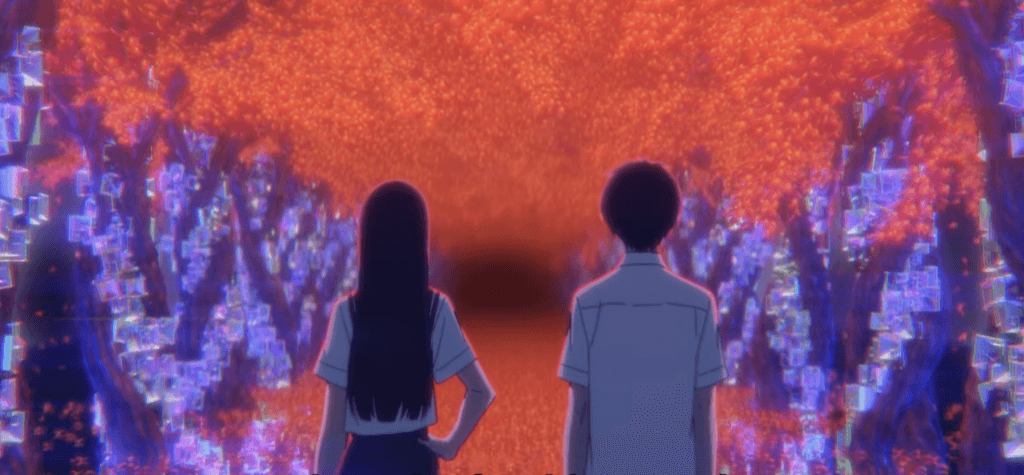
The Confusing
Each of the movie’s scenes individually was interesting and showed me what happened. I genuinely enjoyed them, but the film started to fall apart when convincing me of how these changes and transitions occurred. I attribute this mainly to the movie’s pacing.
A large chunk of the film’s 83-minute runtime is used to build up the characters’ motivations and explore the tunnel. There are also many quiet moments where viewers can contemplate a scene without dialogue to distract them. But as the movie approaches the end, it abruptly accelerates to the finale. By the end, I was left in the dust, needing to understand how Kaoru’s mindset had changed, for example. Despite all of the buildup, the ending felt superficial. Rather than showing me how Kaoru and Anzu grew, the film told me. I think if it fleshed out the ending (maybe if the runtime was longer?), it would have had more of an impact. Especially when considering heavy emotions such as grief and desperation, the resolution could’ve been shown more care.
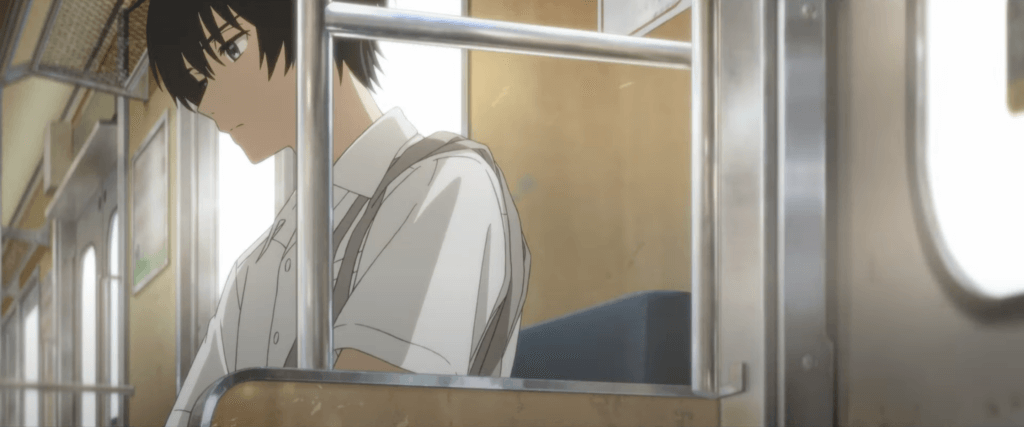
The film’s quiet moments, when used successfully, immersed me in what was going on and highlighted vital scenes. But a handful of times, the placement was awkward, and my mind wasn’t occupied with thoughts of the story the way the director wanted me to be; I was just sitting there. It felt like a waste of aural space. (Interestingly enough, as we entered the finale, there were no more quiet moments or moments to pause.)
Movie adaptations are seldom perfect; it makes sense to cut out chunks of the source material to condense the plot. But if the film’s structure was formed differently, the story would’ve flowed more smoothly. Like I said earlier, the individual scenes (the what) were all wonderful, but the transition (the how) felt lacking.
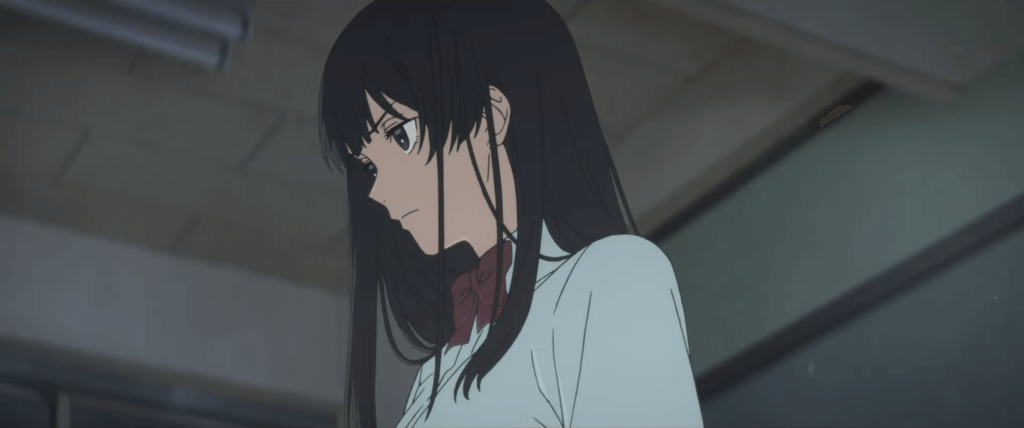
The End of the Tunnel
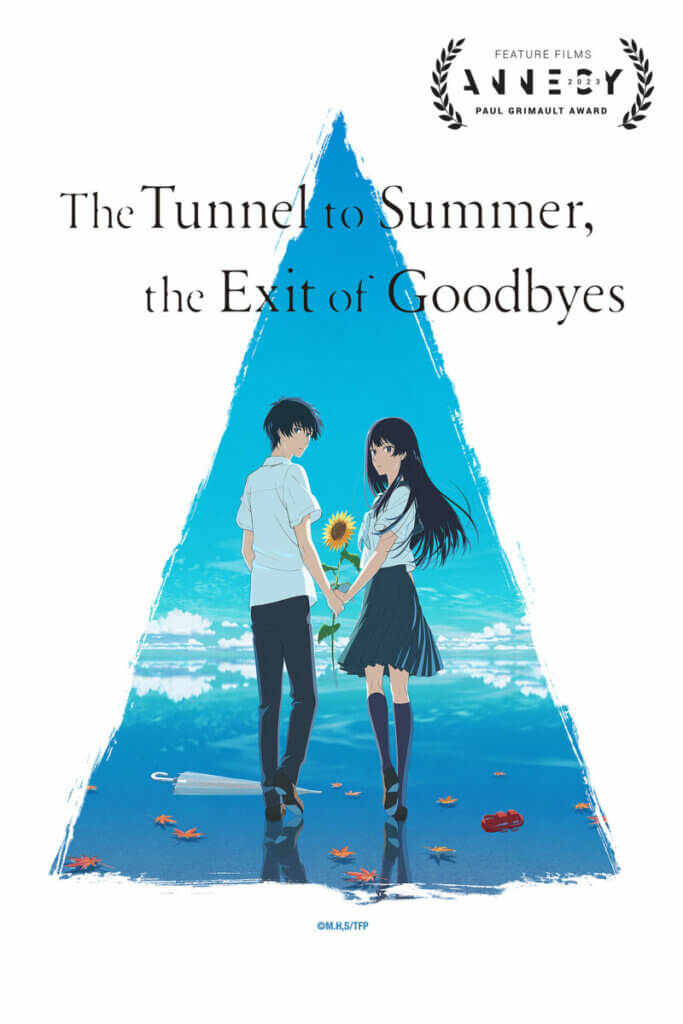
Regardless of the issues with pacing, The Tunnel to Summer, the Exit of Goodbyes succeeds in its ultimate message: if we dwell too long in the past or fixate too intensely on the future, we’ll lose sense of the present. It was quite moving to see how Kaoru and Anzu both faced this reality.
The keystone of this story, the Urashima Tunnel, is also an impressive concept; the tunnel itself was the most visually impactful location in the movie. The way the story used this tunnel to explore our relationship with time was riveting, and it reminded me of films like Interstellar.
In terms of animation, atmosphere, and emotional character arcs, this movie was gripping, and I’m glad I watched it. Not only that but now I am eager to check out the original novel just so that I can learn more about the world Hachimoku crafted (especially regarding the tunnel). While I don’t think I’ll rewatch the film adaptation any time soon, I will never forget the awe I felt when I saw the Urashima Tunnel for the first time. When faced with the opportunity to make my most desperate wish come true, the tunnel made me wonder just how far I was willing to go.
HIDIVE will bring The Tunnel to Summer, the Exit of Goodbye to U.S. theaters on November 3. You can buy your tickets on Fandango.
Behind the Magic
Light Novel and manga by Mei Hachimoku
Directed by Tomohisa Taguchi
Written by Tomohisa Taguchi
Starring Ouji Suzuka, Marie Iitoyo, Tasuku Hatanaka
Produced by Ryoichiro Matsuo
A special thank you to HIDIVE for allowing us the opportunity to screen this film. Receiving access to this film has in no way altered the opinions expressed in this article.
The Good
- The movie is ABSOLUTELY gorgeous.
- The concept of the tunnel is fascinating.
- The depiction of grief felt authentic.
The Bad
- The pacing and structure of the movie are a bit messy, especially as it approaches the end.
- The ending itself could’ve been more fleshed out.

Featured Sponsor - JAST
The sweetest romance and the darkest corruption, the biggest titles and the indie darlings; for visual novels and eroge, there's nowhere better.
Big thank you to our supporters
From their continous support, we are able to pay our team for their time and hard work on the site.
We have a Thank-You page dedicated to those who help us continue the work that we’ve been doing.
See our thank you page